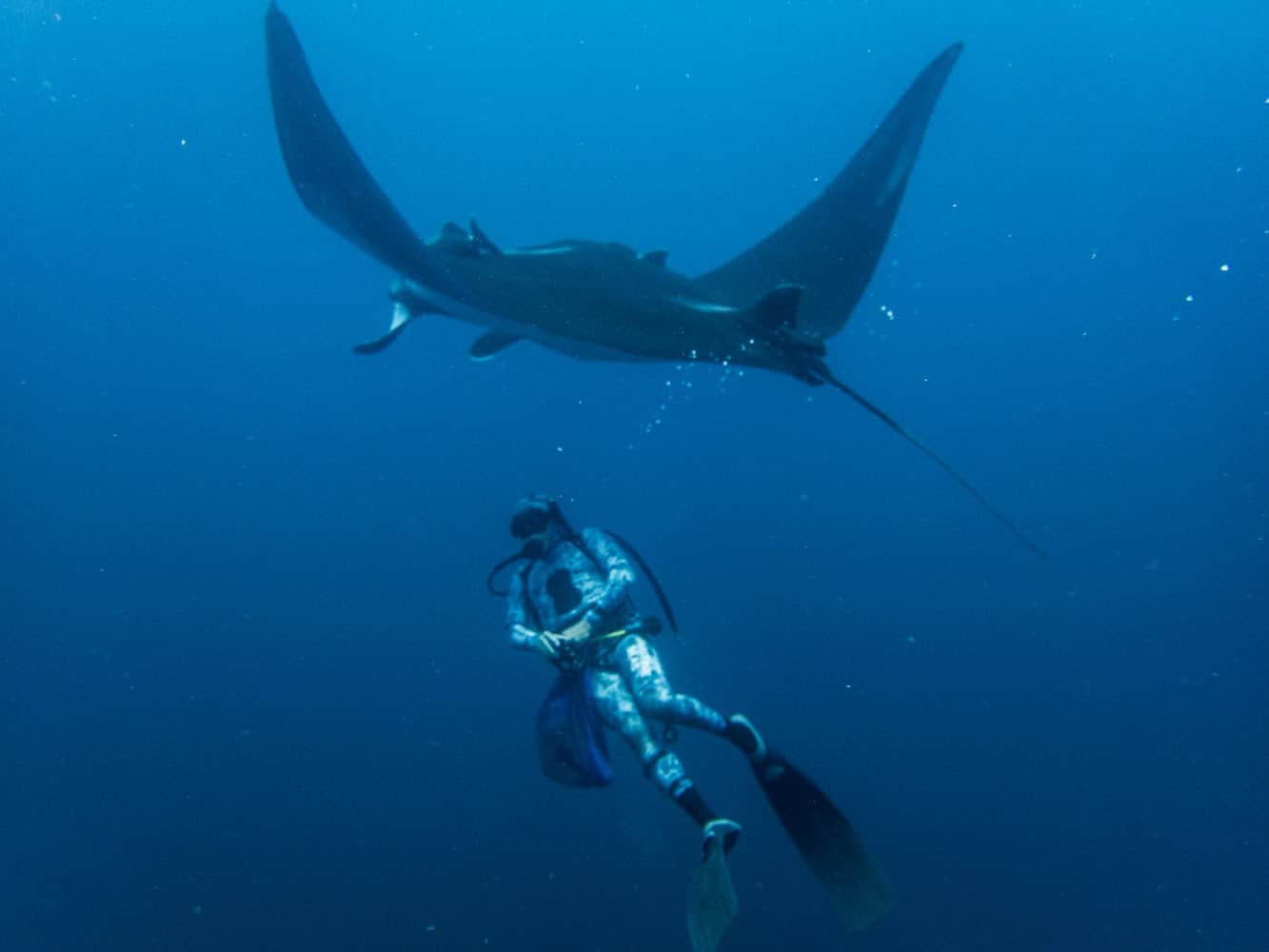Costa Rica has rolled out a new ocean forecasting system on Cocos Island, aiming to improve marine safety, support conservation, and strengthen the country’s digital monitoring capabilities. The Ocean Prediction for Costa Rica (OP4CR) project, which started in early 2025, is a partnership between Mercator Ocean International, the European Union, and several Costa Rican institutions including SINAC, the University of Costa Rica, and FAICO.
OP4CR is designed to provide real-time and predictive data on ocean conditions such as currents, waves, temperatures, and other key indicators. This information is especially relevant for Cocos Island National Park, a UNESCO World Heritage Site and one of the most biodiverse marine areas in the Eastern Tropical Pacific. The project covers Costa Rica’s Exclusive Economic Zone, spanning over 574,000 square kilometers of ocean.
The system’s main goal is to help authorities, researchers, and local stakeholders make informed decisions. For example, the platform can forecast sea currents up to ten days in advance, allowing tourism operators to assess safety for diving or navigation. If dangerous currents or weather are predicted, companies can avoid risky areas, reducing the chance of accidents and material losses.
Beyond safety, the forecasting system is a valuable tool for conservation. It enables monitoring of environmental variables like chlorophyll levels and primary production, which are important for tracking ecosystem health. The data can help identify sensitive regions, monitor pelagic species such as tuna, turtles, and marine mammals, and assess the impact of climate change scenarios on the marine environment.
The OP4CR project is part of a wider effort to modernize marine protection in Costa Rica. It complements recent upgrades like the installation of advanced radar systems on Cocos Island, which bolster surveillance and help combat illegal fishing. The integration of digital tools and predictive analytics marks a shift from reactive to proactive management of marine resources.
Costa Rican officials and international partners see OP4CR as a milestone in the sustainable management of the country’s marine resources. According to David Chavarria, Director of SINAC, the project will provide new tools and training for staff, improving their ability to use technology in conservation work4. Esteban Herrera, Director of the Cocos Marine Conservation Area, highlighted that the system will expand monitoring capabilities, supporting not just enforcement but broader conservation applications.
Funded by the European Union with a budget of around 300,000 euros, OP4CR will run through December 2026. The project’s collaborative approach—bringing together government, academia, NGOs, and international experts—sets a precedent for regional marine protection efforts.









